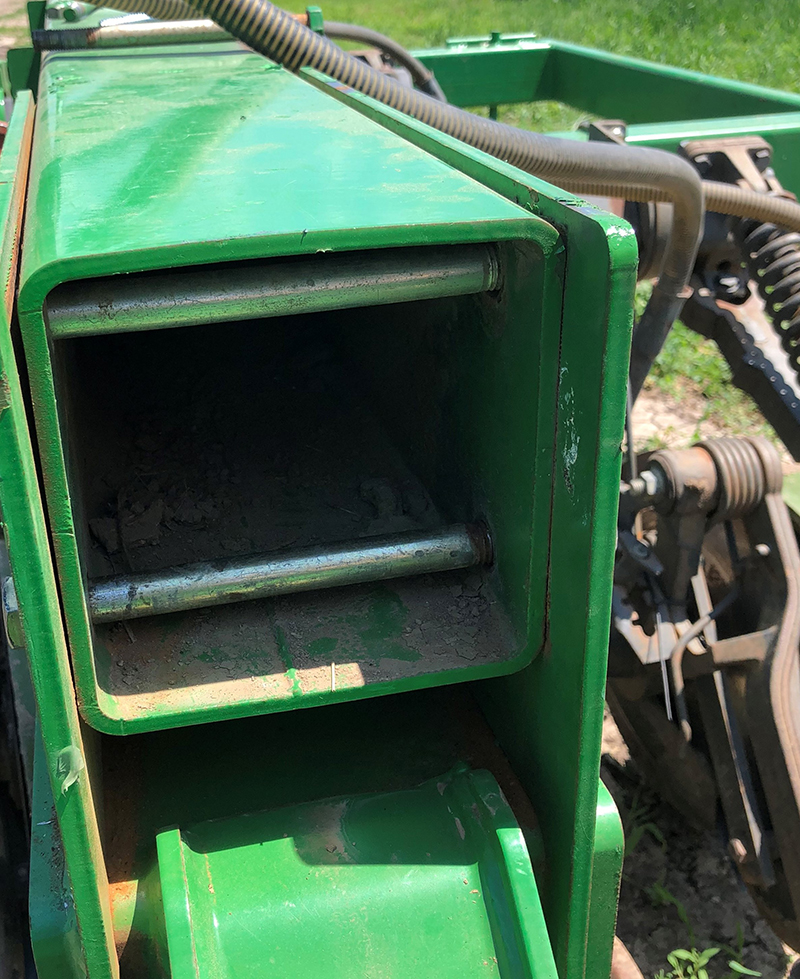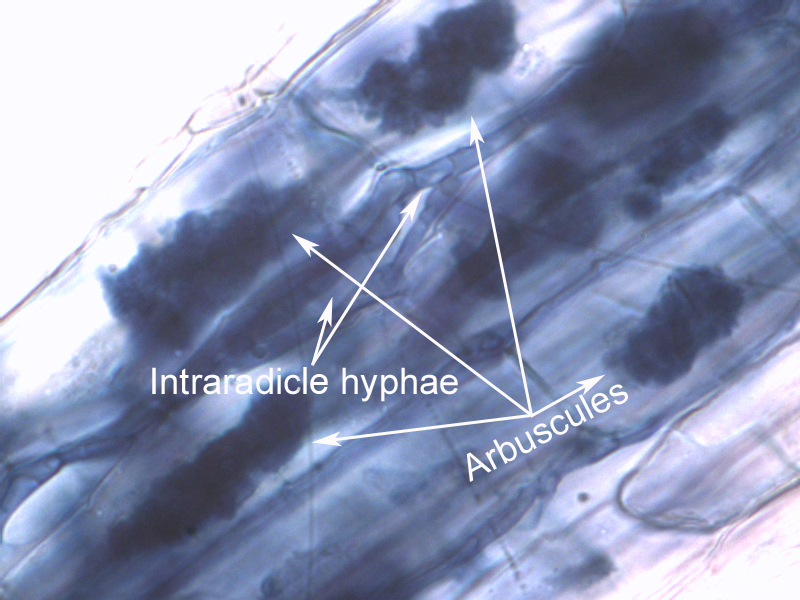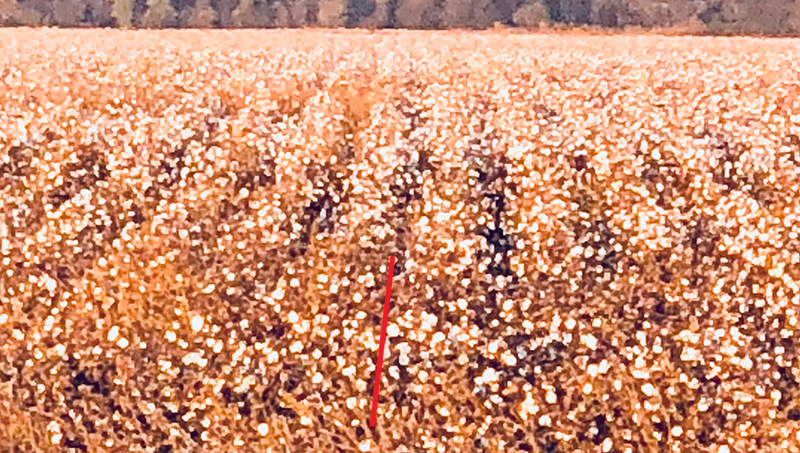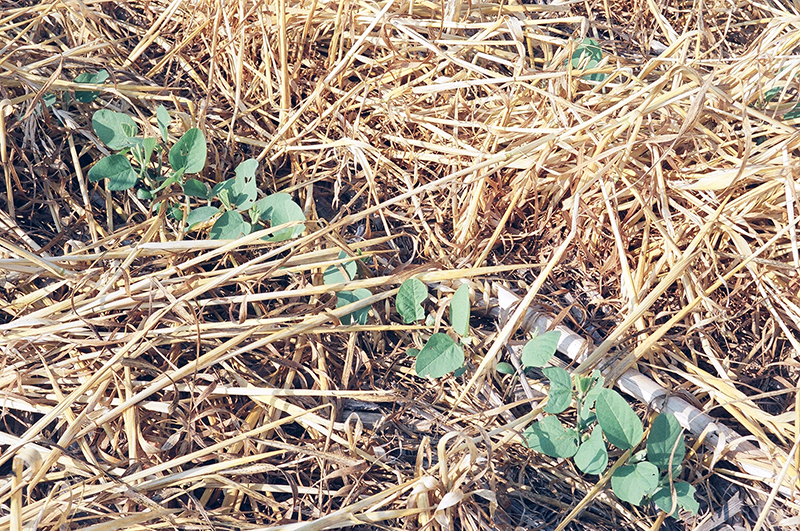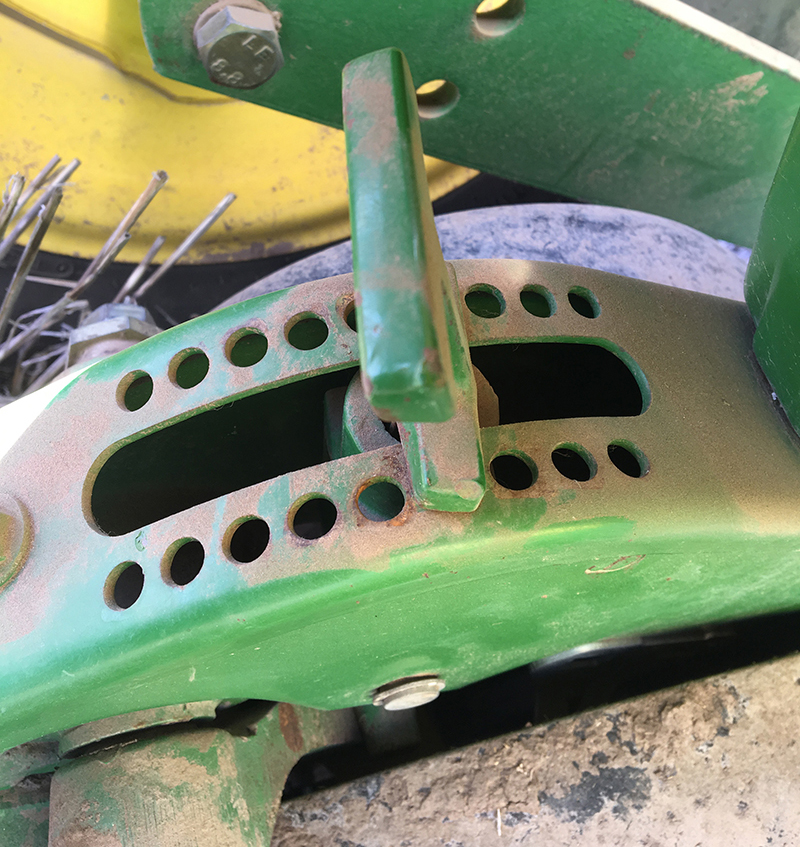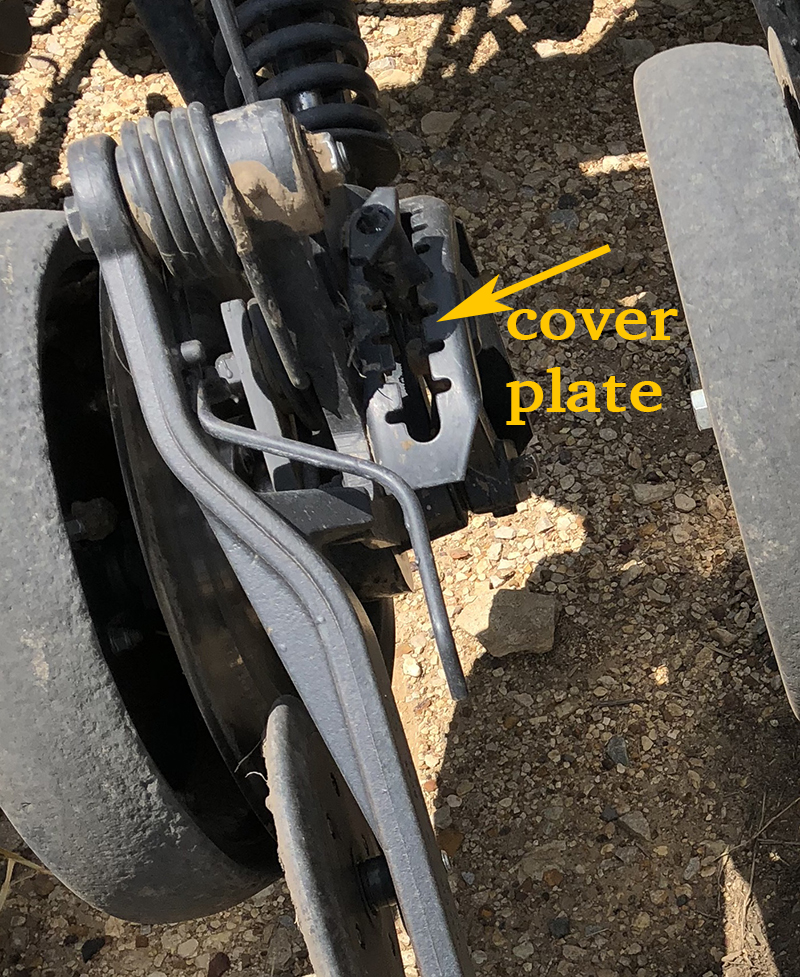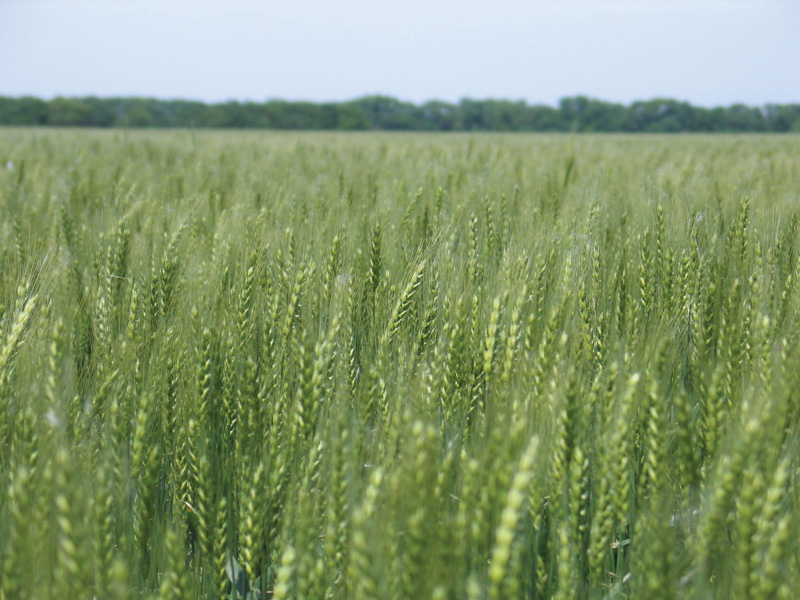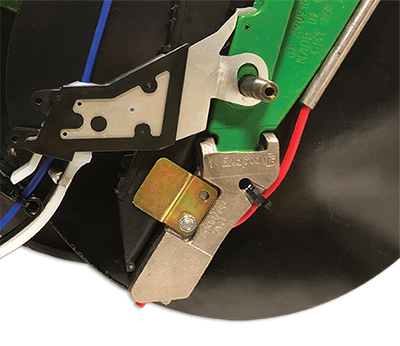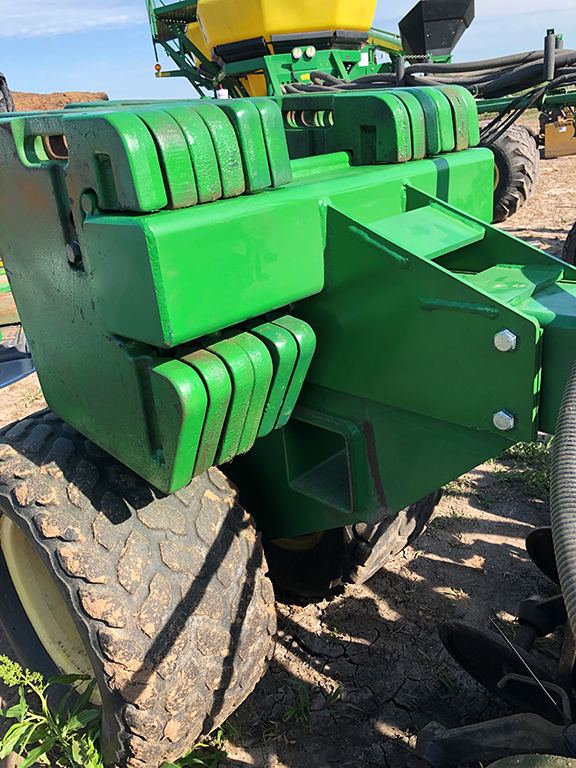
Introducing Exapta’s Weight Brackets for JD 3-Section Air Drills
Many of you in North America are fighting mud and might find it difficult to contemplate needing more frame weight at the moment. But we’ve been down this road before—when it stops raining and gets sunny and hot, the soil goes from too soft to too hard in a matter of

